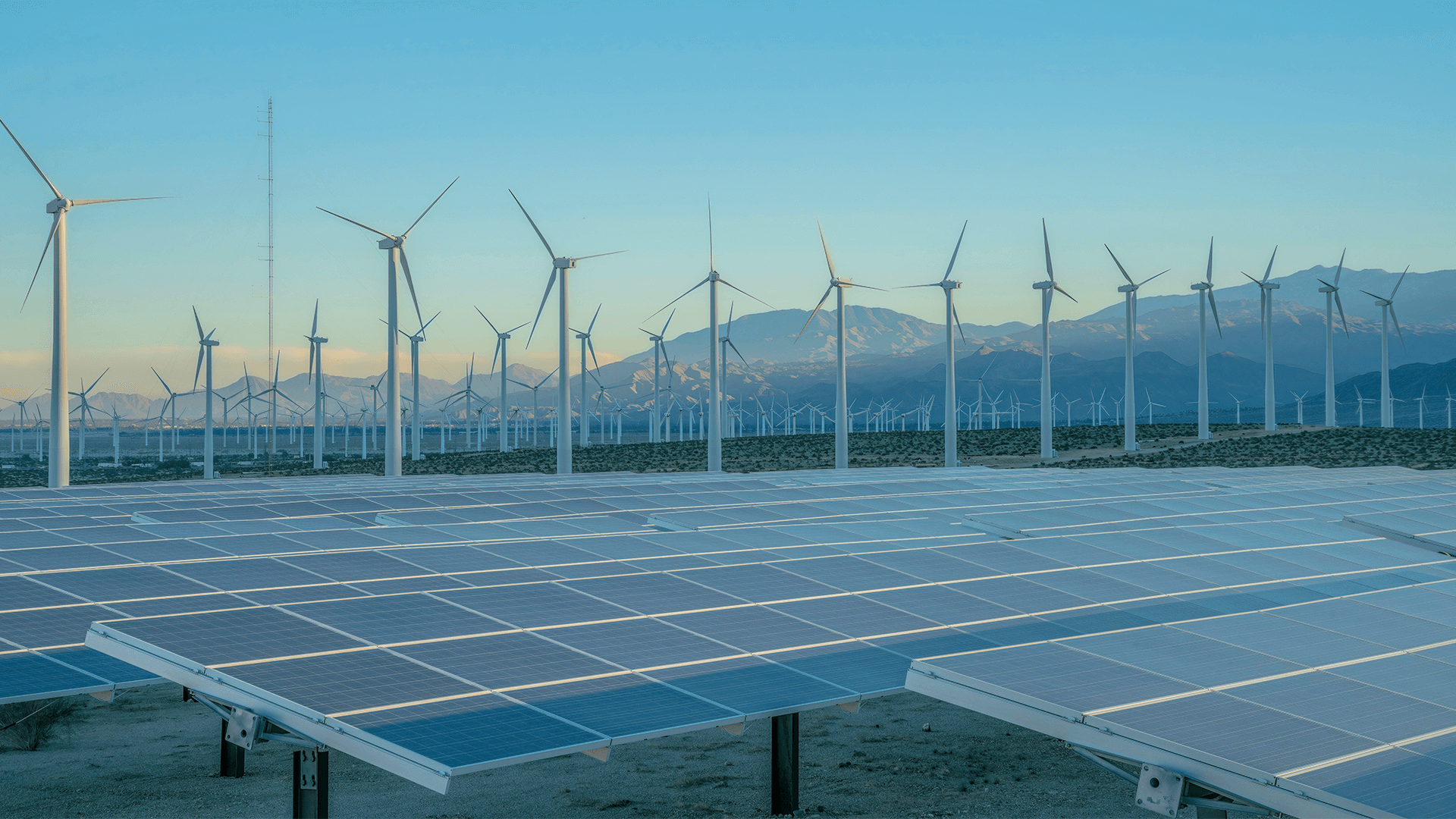
As the Republic of Korea (referred to as “South Korea” in this article) prepares to set its next Nationally Determined Contribution (NDC) for 2035, new research from the Center for Global Sustainability (CGS) at the University of Maryland and Solutions for Our Climate (SFOC) presents a high-ambition, economy-wide pathway to significantly reduce greenhouse gas (GHG) emissions for South Korea through 2035. Building on CGS’s earlier report, Enhancing Global Ambition for 2035, this is an in-depth country analysis identifying key decarbonization strategies and priority policy actions across sectors for South Korea to strengthen its climate ambition.
South Korea’s current NDC targets a 40% reduction in GHG emissions by 2030, including 13% from international offsets. While South Korea’s overall emissions have declined, the current pace of reductions remains insufficient to meet the NDC target. As a major global economy and exporter, South Korea’s accelerated decarbonization is critical to keeping global climate goals within reach. The upcoming 2035 NDC target setting presents a key opportunity to set stronger targets and cover emissions from all sectors.
“As South Korea develops its next NDC, understanding current progress and identifying opportunities for enhanced action across the economy is essential,” said Ryna Cui, CGS Research Director and report corresponding author. “Our analysis, which combines open-source global modeling with bottom-up sectoral insights, shows South Korea can achieve a 61% GHG reduction by 2035 from its 2018 levels under a High Ambition scenario as laid out in our study.”
Despite progress, South Korea’s energy transition has focused on technologies such as nuclear, hydrogen, and ammonia—many of which carry high political, environmental, or economic uncertainty—while lagging in renewable energy and electric vehicle (EV) deployment. The report identifies clear opportunities for South Korea to scale up proven solutions through the following sector-specific strategies:
- Power: Decarbonizing power is central to South Korea’s climate efforts and essential for enabling emissions cuts across other sectors. Priority actions include phasing out coal by 2035 and canceling new coal and gas projects, accelerating renewables to supply 47% of generation by 2030 and 65% by 2035, and supporting the electrification of transport and industry with a cleaner grid.
- Industry: As the second-largest emitter and top electricity consumer, South Korea’s industrial sector is pivotal. Key strategies involve phasing out blast furnaces in favor of hydrogen-based direct reduced iron (DRI) and electric arc furnaces (EAF) in steelmaking, converting fuels and materials in cement production, replacing fossil feedstocks in petrochemicals with bio-naphtha (a natural byproduct that comes from converting renewable feedstock into diesel), and improving efficiency and deploying low-carbon technologies to help industries stay competitive in a decarbonizing global economy.
- Transportation: South Korea is on track to exceed its 2025 target for battery EV (BEV) sales. To sustain momentum, South Korea can focus on prioritizing BEVs and fuel cell vehicles over hybrids in new vehicle targets, strengthening incentives and policies for EV uptake, electrifying city buses, and mandating EV charging infrastructure in high-rise buildings through updated building codes.
“Our analysis shows that South Korea can achieve deep emissions cuts with ambitious but practical policies,” said Jenna Behrendt, CGS Research Manager and report lead author. “To strengthen these efforts and enhance the credibility of climate targets, South Korea should prioritize limiting reliance on international offsets and reassessing uncertain technologies like hydrogen and ammonia, allowing South Korea to focus on proven, cost-effective solutions like wind, solar, and EVs.”
Although South Korea’s governance is highly centralized, subnational actors also have a critical role to play in achieving more ambitious climate targets. Subnational actors, including provinces and cities, can support national goals by advancing siting policies and permitting for renewables, promoting circular economy practices in industrial hubs, and leading green transportation efforts at the local level. This leadership can demonstrate what’s possible, drive stronger national ambition, and ensure local successes contribute to broader global progress.
Enhancing South Korea’s 2035 climate ambition will require strong policy frameworks, technological innovation, and joint action by national and subnational actors. By accelerating the coal and gas phase-out, advancing electrification, and scaling up proven clean technologies, South Korea can emerge as a global leader in emissions reductions, shaping regional efforts and advancing the global pathway to 1.5°C.
Download the report to learn more and check out CGS’s earlier report, Enhancing Global Ambition for 2035, for emission pathways and decarbonization strategies for key global economies.



